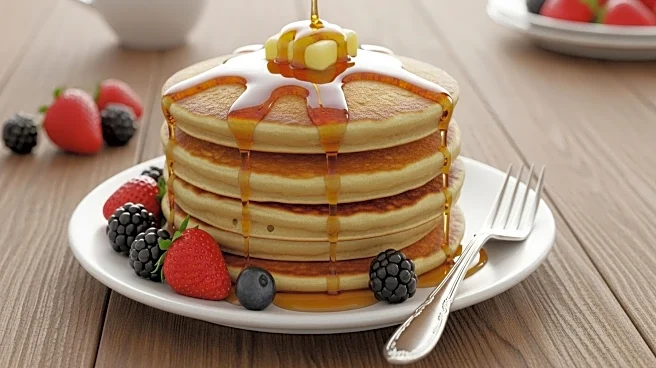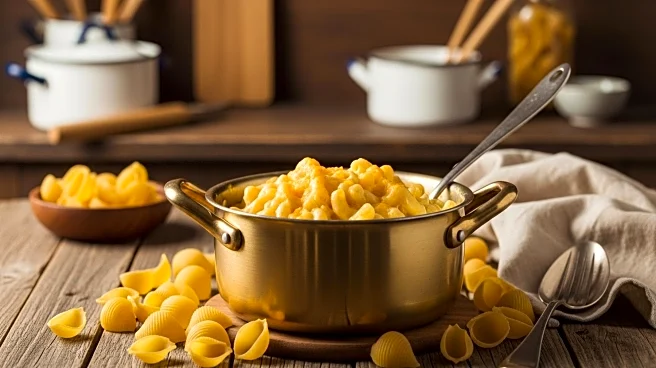Pancakes are a universally loved dish with a fascinating history and diverse variations. Known for their simple ingredients and ease of preparation, pancakes have become a staple in many households, particularly in the United
States. They are often associated with breakfast but can be enjoyed at any time of the day.
Core Facts
Pancakes are made from a batter consisting of flour, milk, eggs, and a leavening agent like baking powder. They are
cooked on a griddle or frying pan and can be served with a variety of toppings, including syrup, fruit, and butter. The dish is popular in many countries, each with its unique twist.
Notable Details
In
the United States, pancakes are typically thick and fluffy, while in the United Kingdom, they are thinner and resemble crepes. Dutch pancakes, known as pannenkoek, can include buckwheat flour and are often larger in size. Pancakes are traditionally eaten on Shrove Tuesday in the UK, marking the start of Lent.
Comparisons and Contrasts
While American pancakes are known for their fluffiness, British pancakes are thin and often served with lemon
and sugar. Dutch pancakes can be savory or sweet, sometimes served as a main course. The variations in preparation and serving styles highlight the cultural differences in pancake consumption.
Key
Data Points
Pancakes are versatile and can be adapted to suit dietary preferences, such as using soy milk instead of regular milk. They are a popular choice for breakfast in the U.S., often featured in diners and restaurants. Pancake Day
in the UK is a significant cultural event, celebrated with pancake races and feasts.

 Discover Daily
Discover Daily 











